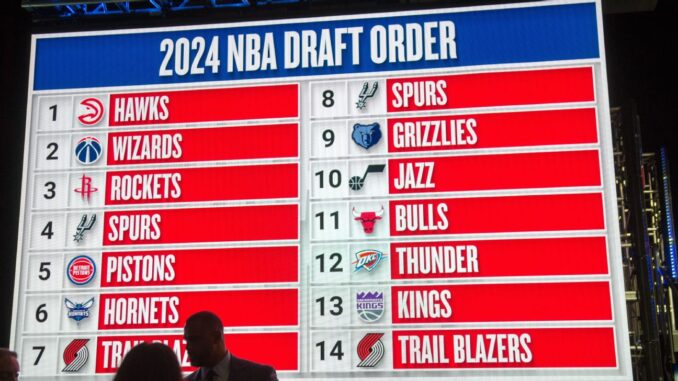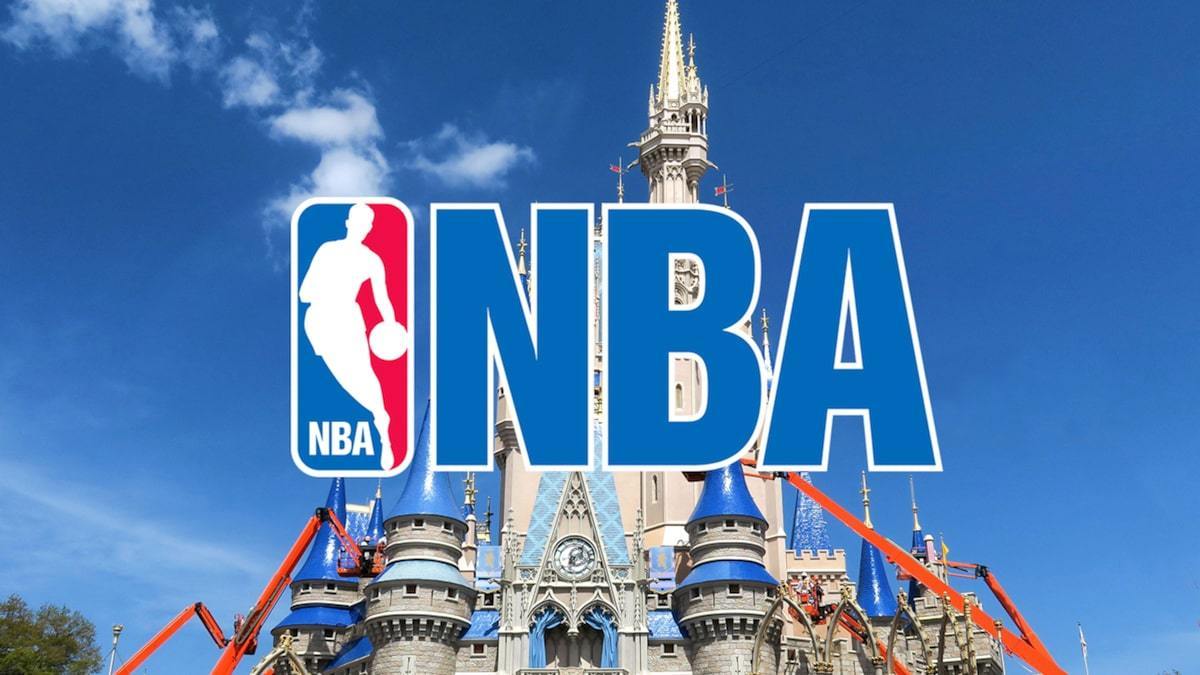
Tomorrow night, the 2024 NBA draft will commence, and a whole new generation of potential NBA stars will be drafted and unleashed upon the league. Similar to the last couple of drafts, this is particularly important to the Portland Trail Blazers as they are once again picking in the lottery and need as much young talent as possible. While there is already a core of rising players in Shaedon Sharpe, Scoot Henderson, Anfernee Simons, Deandre Ayton, and Toumani Camara, the rest of the roster is littered with overqualified veterans, fringe NBA players, and role players that might suit other teams closer to contention. During the 2023 season, the Blazers front office exhibited a good amount of caution in terms of dealing out these assets, but with the draft merely days away and free agency soon after that, now is the time to act if value is to be gained from these players.
The number one goal within this trade exercise is maximizing draft compensation and/or focusing on the acquisition of other young players already in the NBA. The secondary goal is to focus on teams who made the playoffs last year or are on track to compete for them next year, as those franchises are more likely to part with developmental talent in exchange for the established players Portland has to offer. All of these trades were tested using the ESPN Trade Machine and have been configured to be financially viable for both teams involved.
Trade #1
PORTLAND receives:
3rd overall pick
Steven Adams
Jeff Green
Jae’sean Tate
HOUSTON receives:
7th overall pick
Jerami Grant
For Portland, this accomplishes two main goals, the first being to move into the top five of the upcoming draft. While the general consensus has been that this is one of the weaker drafts in recent memory, there is a still higher concentration of talent in the top half of the top ten, and securing that 3rd overall pick allows Portland to have much more flexibility when picking from that top talent pool. It also allows them to shed the money from the massive 5-year deal Grant signed last offseason, which has ~4 years and $110 million left on it. While Grant is undoubtedly a starter in the league, his middling efficiency, poor rebounding, and low ceiling as a first option make him a too-expensive luxury on a rebuilding team such as the Blazers. Adams and Green are both minimally expensive assets they can flip at the next trade deadline, and Tate could easily fit into their rotation as a bench scorer or similarly be flipped next season.
For Houston, they took a clear step up competitively next year. With another offseason of development for Jabari Smith Jr, Jalen Green, Alperen Sengun, and Cam Whitmore, they should be able to challenge for the play-in next season at the very least. Adding Grant into that mix would give them a reliable, experienced wing scorer and competent defender on the perimeter. It would also allow them to shed the Adams, Green, and Tate contracts and consolidate that money in a player who is better than any of them individually. In addition, moving down from #3 to #7 would not be too much of a downgrade and would still give them a chance to snag another interesting young player.
Trade #2
PORTLAND receives:
#9 overall pick
Luke Kennard
Derrick Rose
MEMPHIS receives:
Malcolm Brogdon
#14 overall pick
Like the last trade, the focus of this transaction is gaining more draft capital and targeting a team that is more in need of immediate than future talent. With this one, Portland would get an opportunity to move up five spots and take a player of higher interest in the top 10 while parting with a veteran who would be better suited on a playoff team. Memphis would move back but still be able to draft a first-round talent not too far away from their original position. When playing last year, Brogdon was excellent, averaging 16 points, 4 rebounds, and 6 assists per game while shooting above 40% from three (via Basketball Reference). He would immediately elevate Memphis’ bench unit and provide immediate relief when Ja Morant is not in the game. While Kennard was useful for the Grizzlies last season, his three-point shooting can be replicated elsewhere on the roster. Brogdon’s superior flexibility would upstage his lack of ball handling or defense. He would be a likely flip candidate come the trade deadline as well, and Rose could be seen as a good mentor presence for the Blazers’ young guards or could easily be cut before the season starts.
Trade #3
PORTLAND receives:
#12 pick
Kendrick Williams
Ousmane Dieng
OKLAHOMA CITY receives:
Robert Williams III
#34 overall pick
This would be risky for the Thunder, as Robert Williams has a lengthy injury history and is coming off a third knee surgery, one that sidelined him for most of the 2023 season. That being said, when healthy, he is a force at center, an elite rim protector, and a punishing rim runner who would be the perfect big man to pair with Chet Holmgren. During this year’s playoffs, Oklahoma City struggled when matched up against the size of the Dallas Mavericks, and adding Williams to the mix would help fill that roster hole. Williams is a marginal role player for them, and Ousmane Dieng has not lived up to the lottery pick they used on him in 2022. Portland would gain another pick in the late lottery and two players that could help fill out their rotation on the wing. With #34, the Thunder would still get to add a young asset to their roster early in the second round.



